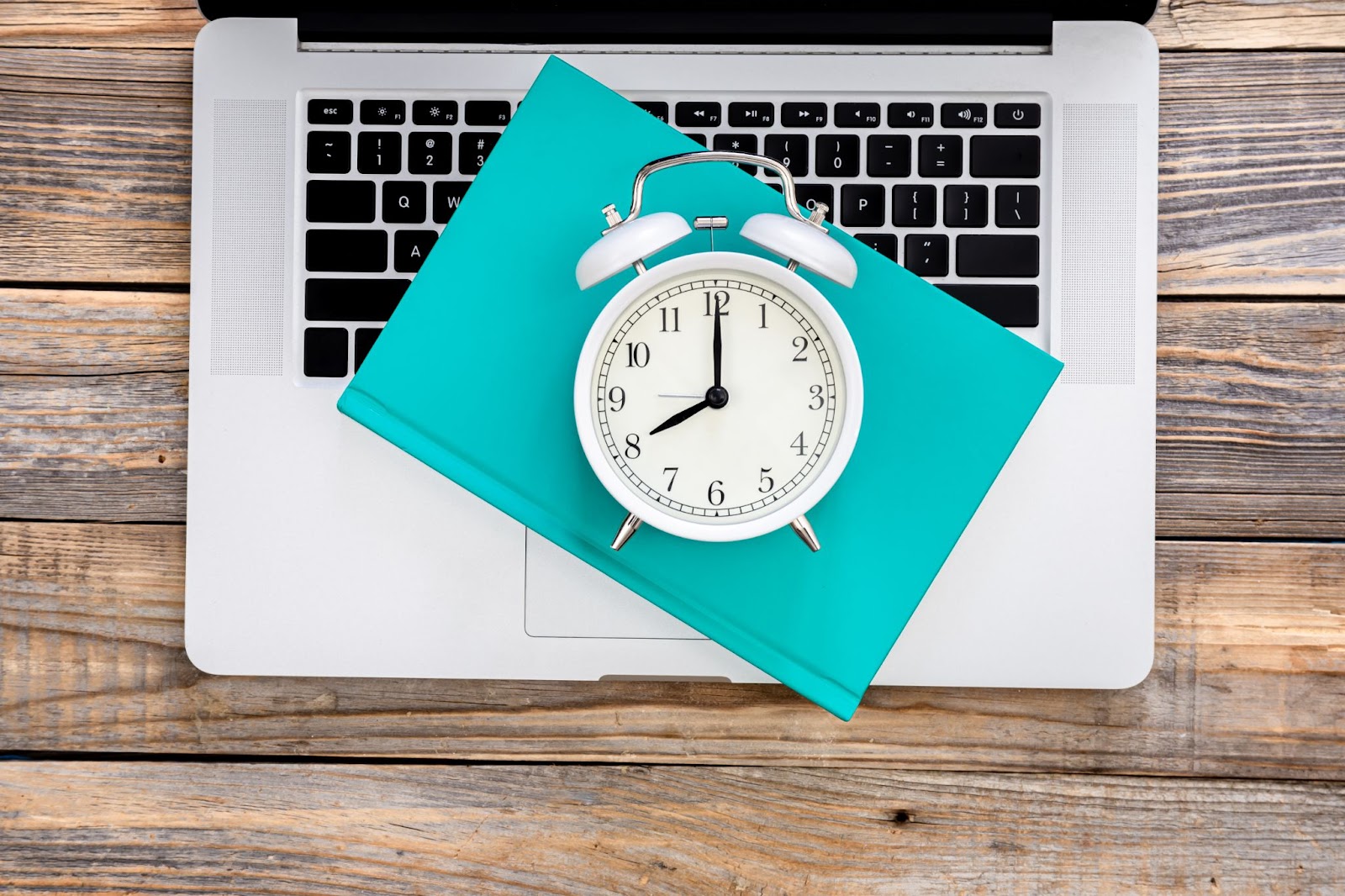Email marketing is one of the most powerful tools for businesses to engage their audience. However, even the best-crafted emails can fail to produce results if they aren't sent at the right time. The best time to send emails is a topic that has been researched extensively because it plays a crucial role in determining whether your email gets opened, read, or ignored.
In 2025, timing is more critical than ever. With inboxes becoming more crowded and people’s attention spans shrinking, understanding the best time to send emails can significantly increase your chances of success. This guide will provide data-driven strategies for determining the best times to send emails in 2025, as well as explore why timing is crucial for cold email outreach and marketing campaigns.
An effective LinkedIn automation tool can also enhance outreach timing for LinkedIn campaigns, optimizing your engagement and ensuring your message reaches the right people at the ideal moment.
Why Timing Matters in Email Outreach?

One of the most significant challenges in email outreach, particularly cold emailing, is standing out in an overcrowded inbox. Cold emails are unsolicited, so they must be engaging and strategically timed to stand any chance of being opened. The timing of your email greatly influences the initial impression you make on the recipient. If your email is sent at the right time, it is more likely to be opened, and you increase the chances of getting a response, especially when paired with B2B prospecting tools for optimized outreach. For instance, a well-timed email that arrives when the recipient is checking their inbox can make them more likely to engage, while an email sent at an inconvenient time might get ignored or buried. This is why using a LinkedIn outreach strategy is essential to make sure your outreach efforts align with optimal engagement times. Moreover, respecting the recipient’s time zone is crucial. If you are sending emails to global contacts, the time of day they are most likely to check their emails varies based on their location. This is why it's essential to use tools like LinkedIn Sales Navigator or LinkedIn message automation, which help optimize outreach and ensure emails are sent at the right time for maximum engagement.
Best and Worst Days to Send Email
We can assume that the "best" days are those that have more favorable times (more convenient time slots), while the "worst" days are those with less ideal or more inconvenient time slots.
Best Days
1. Tuesday
-
Why it works: People are settling into their workweek, focused on clearing their inbox.
-
Engagement: High, as people are productive and checking emails early.
2. Wednesday
-
Why it works: Midweek, people are in full work mode, checking emails regularly. It’s a prime day to also focus on LinkedIn post engagement as individuals are more likely to interact with content.
-
Engagement: High, with recipients more likely to engage and respond.
3. Thursday
-
Why it works: People are wrapping up their tasks and are more likely to check their inbox before the weekend.
-
Engagement: Good, especially in the late afternoon.
Worst Days:
-
Monday: People are busy catching up on tasks and emails.
-
Friday: Focus is on wrapping up work and preparing for the weekend.
-
Saturday & Sunday: People are typically engaged in personal activities and less likely to check work emails.
To make your outreach even more effective, you can leverage LinkedIn Analytics to understand the optimal times for engagement, ensuring that your emails or messages align with when your prospects are most likely to respond.
Best And Worst Times to Send Emails
Timing plays a crucial role in sending emails. Understanding the best and worst times to send emails can help maximize open rates and improve overall engagement.
Best Times
1. Morning (8 AM - 11 AM)
-
Why it works: People are fresh, focused, and likely to check emails as they start their day.
-
Engagement: High, as emails are often opened first thing in the morning.
2. Late Afternoon (4 PM - 6 PM)
-
Why it works: People are winding down and checking emails before finishing work.
-
Engagement: Good, as it’s a quieter time before the workday ends.
3. Evening (6 PM - 8 PM)
-
Why it works: Ideal for B2C emails, as recipients check their personal emails after work.
-
Engagement: Moderate, especially for marketing emails.
Worst Times
-
Midday (12 PM - 3 PM): People are away for lunch or in meetings, so email engagement is low.
-
Before 6 AM: Most people are asleep, and emails are unlikely to be checked.
-
After 9 PM: People are winding down or focused on personal activities, making engagement low.
To further refine your approach, combining this timing strategy with Lead Generation Tools for Sales Teams can help you automate outreach at the ideal times, improving your chances of getting noticed and increasing conversions.
Try Our LinkedIn Automation Tool!
Email Engagement by Day of the Week
The best day to send emails can vary depending on the target audience and the type of email you're sending. Let's break down the performance by day of the week:
1. Tuesday, Thursday, and Wednesday
According to data and other industry studies, Tuesday, Thursday, and Wednesday are the best days to send emails. This is when people are most focused on their work and are more likely to check their inbox.
-
Tuesday tends to show higher engagement rates because people have settled into their workweek and are eager to tackle their inbox. It’s a great time to utilize lead generation tools for sales teams to streamline outreach and boost engagement.
-
Thursday is another excellent day as recipients are usually well into their week and may be more receptive to engaging with emails.
-
Wednesday is mid-week, which can also be a sweet spot for engagement as recipients aren’t overwhelmed by the workweek’s tasks. This is especially true for B2B prospecting emails, where mid-week timings help reach professionals who are more likely to respond.
2. Monday and Friday
Monday is typically a slow day for email engagement. People are catching up on emails from the weekend or planning their week. Similarly, Friday tends to perform poorly because many people are preparing for the weekend and aren’t paying as much attention to emails.
3. Weekends (Saturday and Sunday)
Weekends tend to have the lowest engagement rates. People often avoid checking work emails over the weekend, leading to a higher likelihood of your emails being ignored.
How to Get Higher Email Open Rates?
Maximizing your email open rates requires more than just choosing the right time to send. Here are a few key strategies that tie into timing:
1. Crafting Compelling Subject Lines
The first impression your email makes is through its subject line. A strong subject line paired with perfect timing can increase the chances of your email being opened. Avoid clickbait, focus on being concise, clear, and relevant to the recipient.
2. Personalization
Personalization goes beyond using the recipient’s name. Tailor your content based on their previous interactions or their industry. A personalized email combined with the right timing can significantly increase your engagement rates. For example, if you’re targeting B2B clients, using Sales Navigator Campaign data to personalize emails according to the recipient’s position or company can be highly effective.
3. Send Time Optimization
Studies show that emails sent at optimal times have a higher chance of being opened. Tools like Liprospect’s send-time optimization can help determine the best time for your emails based on the recipient's behavior. This way, you can schedule emails to send at times when your audience is most likely to open and engage.
4. A/B Testing
Regularly test different sending times to fine-tune your strategy. A/B testing allows you to experiment with different times to discover the peak times when your audience engages with your emails the most.
5. Tools to Automate and Optimize Send Timing
Automation tools such as Liprostect’s send-time optimization can help ensure your emails reach the right people at the right time. These tools analyze data from past campaigns and predict the best send times for your emails.
Conclusion
Timing plays a pivotal role in email marketing success. The best time to send emails can make a dramatic difference in your open and response rates. As we head into 2025, leveraging data-driven insights and tools like Liprospect’s send-time optimization will be more crucial than ever.
To refine your email strategy, always use analytics and A/B testing to understand what works best for your audience. Whether you're sending cold emails or marketing emails, being strategic about when you send them is essential. Also, integrating automation and segmentation into your strategy, like using LinkedIn automation tools or Sales Navigator Campaigns, can help you stay ahead of the competition.
By following these guidelines and continuously testing, you can ensure that your emails reach the right people at the right time, leading to higher engagement and more successful campaigns.








